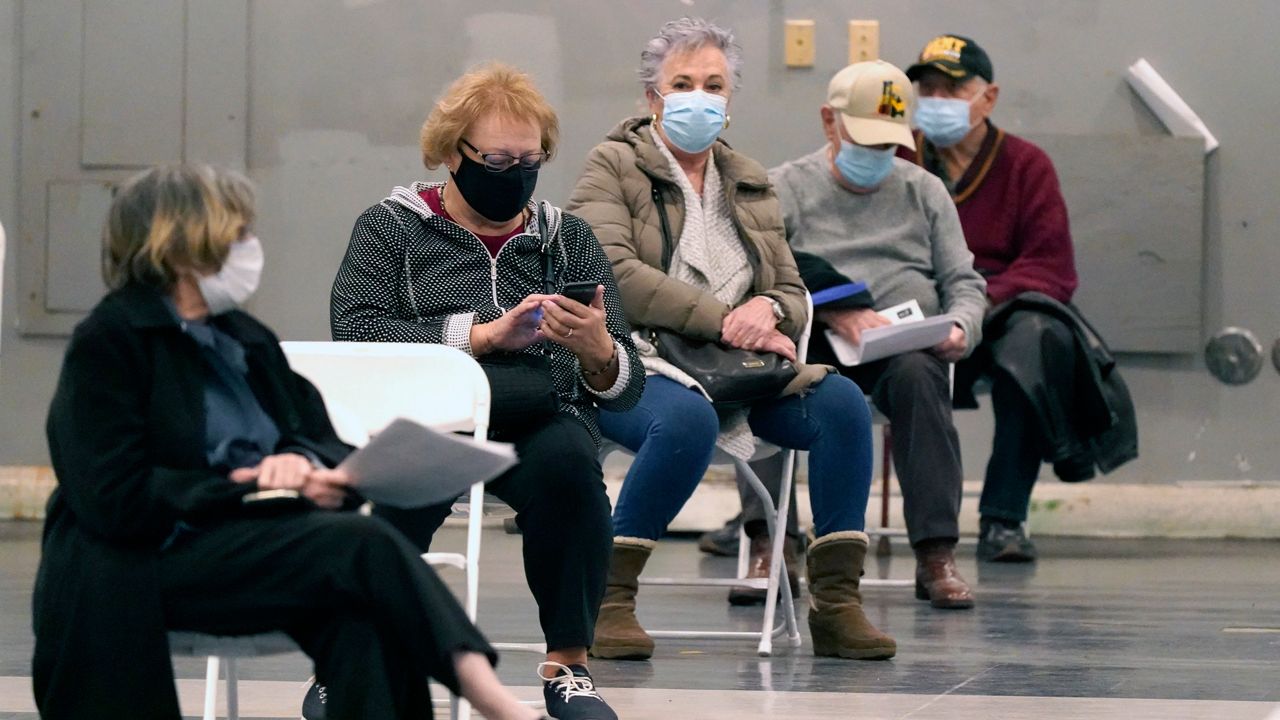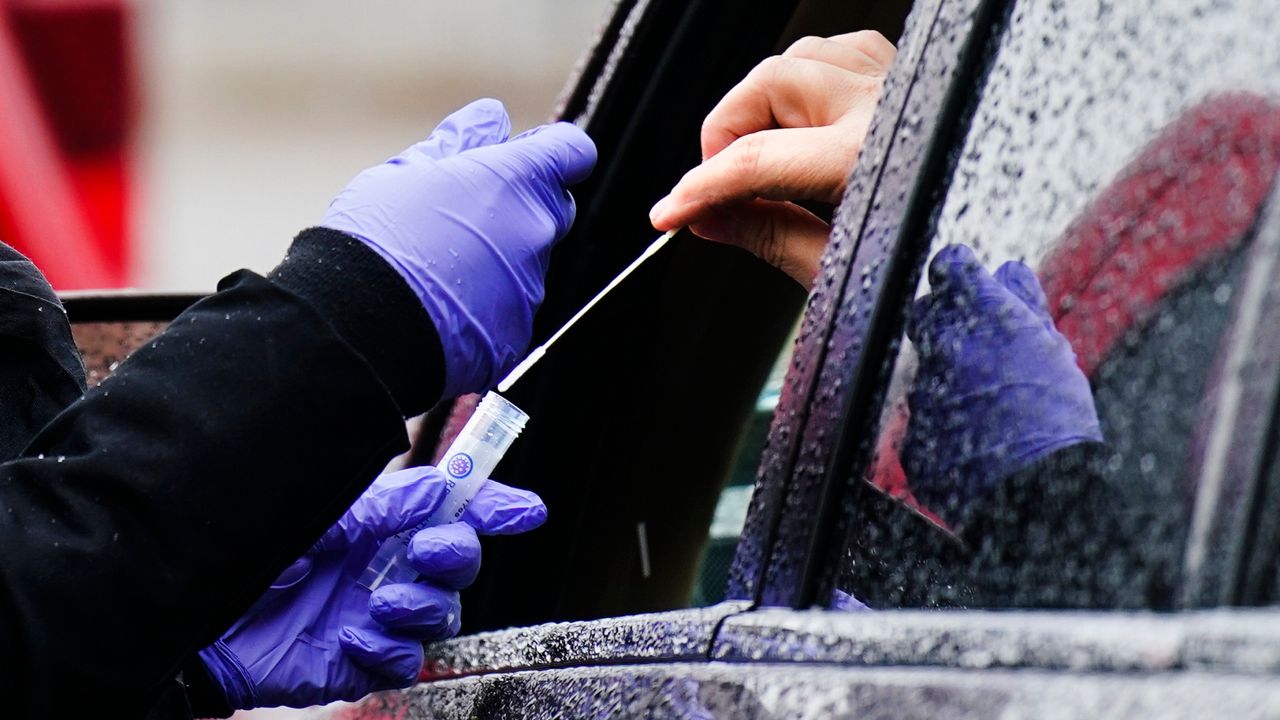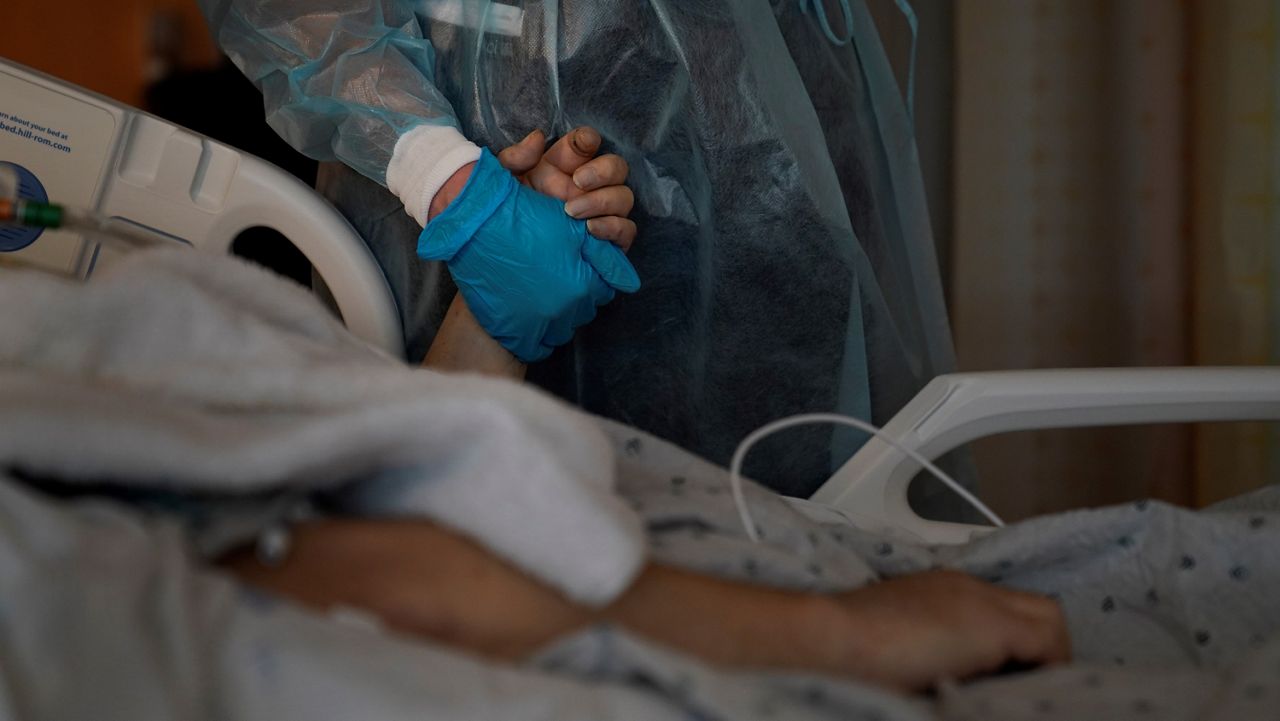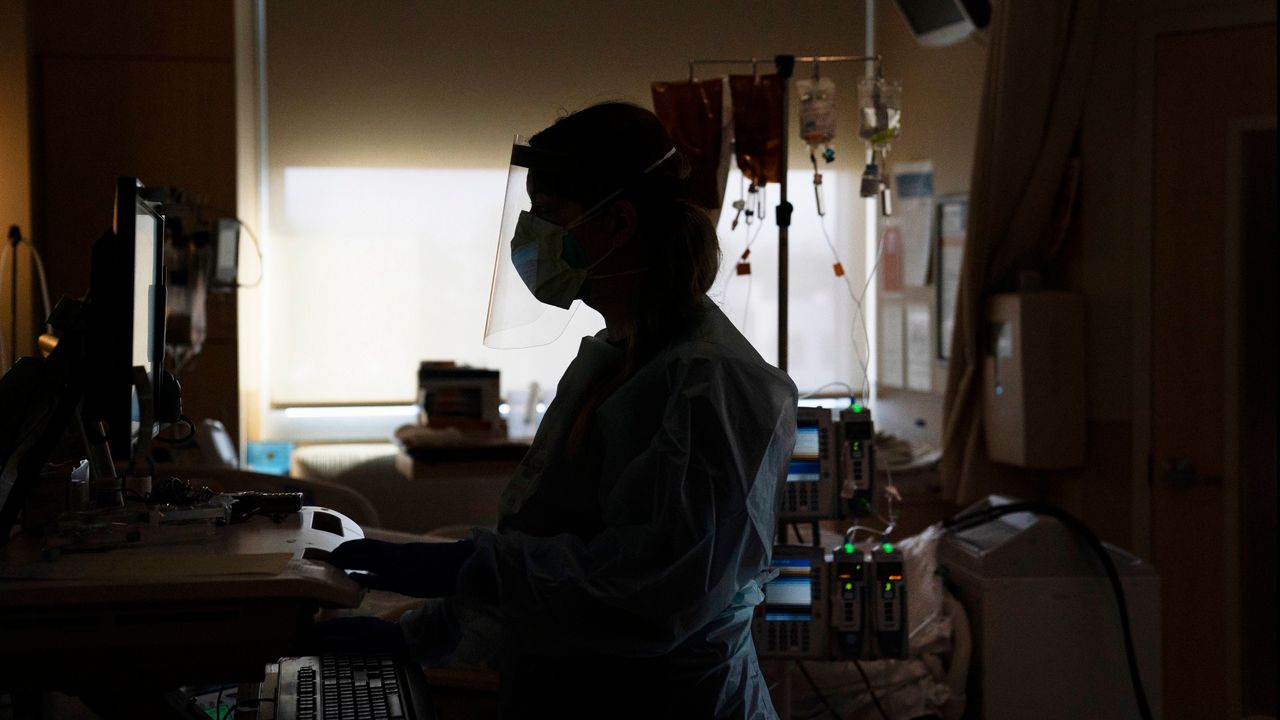MILWAUKEE — This week, after much discussion, Wisconsinites got some more clarity on which groups will be next up in the COVID-19 vaccine rollout.
Shots have previously been opened up to health care workers and long-term care facilities in Phase 1A, plus police and firefighters as the first chunk of 1B.
As soon as next Monday, older adults ages 65 and up will also be able to get their shots, the Department of Health Services announced this week. And experts on the State Disaster Medical Advisory Committee, which advises the DHS on vaccine distribution, voted Thursday to finalize the rest of their Phase 1B recommendations.
Their list prioritizes Wisconsinites who are at higher risk of infection, or who are important to keep the state running — and takes into account nearly 5,000 responses collected during a public-comment period. Congregate living settings, including jails and prisons, would be included, as would several categories of essential workers and high-risk individuals in some state programs.
With the latest additions, Phase 1B would include about 1.6 million people, covering 33% of adults in Wisconsin. That means nearly half the state would be eligible in 1A and 1B combined, said UW-Madison’s Jonathan Temte, co-chair of the SDMAC vaccine subcommittee.
“It’s going to take a very, very long time for this target to be hit,” Temte said at a subcommittee meeting Wednesday.
Here, we break down the Wisconsinites who will likely get their shots next.
Older adults 65 and up
In Wisconsin, as in the rest of the world, older people have disproportionately faced severe illness or death from COVID-19. Residents aged 60 and up have made up 92% of deaths in the Badger State, according to DHS data.
That’s why the state chose to open up vaccine access to the 700,000 residents in this age group, even before other Phase 1B groups were set, state officials said.
“This decision to put people aged 65 and older first is one based on the realities of this disease,” DHS Deputy Secretary Julie Willems Van Dijk said at a briefing. “This is the population that has died at the highest rates, and therefore the population we want to protect first.”
The SDMAC vaccine group had previously discussed including those 70 and older in their 1B list. But the state’s decision to bring the age range down puts Wisconsin in line with federal guidance released earlier this month — and with a number of neighboring states that have followed that new guidance.
Starting Monday, older adults will be able to get their COVID-19 vaccines through their providers, pharmacies, local health departments, and clinics, DHS officials said. Willems Van Dijk encouraged residents to think about where they might go for their annual flu shot, and try to schedule a vaccine appointment there.
Some counties, including La Crosse and Milwaukee, have released online tools for residents to sign up for alerts and connect with vaccine providers when they’re eligible.
Congregate living settings
The SDMAC list for Phase 1B includes staff and residents of congregate living settings, who take on extra risk of exposure to COVID-19.
Nursing homes and assisted living facilities are already included in Phase 1A. But the congregate living category would also include homeless shelters, transitional housing, employer-based housing, and other homes for the elderly or disabled. College dorms still wouldn’t qualify, because this is a large group and is on average made up of younger, healthier residents, subcommittee members said.
The DHS has reported more than 14,000 coronavirus cases in group housing, excluding long-term care facilities.
The congregate living category also includes inmates at jails and prisons across Wisconsin. Correctional facilities have seen major outbreaks of COVID-19, with the Wisconsin Department of Corrections reporting more than 10,600 positive cases and at least 25 related deaths as of Wednesday.
The decision has already sparked some controversy: Vaccine subcommittee co-chair Ann Lewandowski said they’d received a number of public comments, “some quite vehement,” against including inmates in this group.
But SDMAC members said that based on the committee’s ethical principles, the at-risk group of incarcerated individuals should stay in. Some pointed to the Eighth Amendment, which guarantees inmates the same level of health care as they’d receive in the wider community.
“If we are saying, we’re going to punish these people yet again because they’re being punished for their crimes at the moment … this constitutes a double punishment,” Temte said.
Public-facing essential workers
Essential workers in some industries, especially those who aren’t able to work remotely, should also be included in 1B, according to the SDMAC guidance.
“We’re trying to identify the key groups that are keeping us functioning,” Lewandowski said.
Education and childcare workers made the cut. Any employees in K-12 schools would be eligible; for higher education, the category would be more limited to those with direct student contact.
Educators should be given extra-high priority over other groups, the SDMAC recommended, because getting kids back to school plays many important roles — bolstering students’ mental health and safety, for example, and letting their families get back to work.
“As much as I love all the teachers out there, this is more about the vulnerable kids they serve,” SDMAC chair Azita Hamedani said at Thursday’s meeting.
The subcommittee experts added several groups after they made their case during the public comment period, including 911 operators, utility workers, public transit employees, and food chain workers — like those at grocery stores or meatpacking plants.
Generally, these groups have high risk of exposure, little freedom to control their work conditions, and an important role to play in keeping the state running, the draft explains.
The essential workers' category includes non-frontline health care workers, who may not be treating patients directly, but who help keep the infrastructure up and running.
And the final essential industry on the list: Mink husbandry workers. There are only around 300 mink farmers in the state, but members said vaccinating them will address an important biosecurity concern: Research has shown that the coronavirus can jump from humans to minks and back again, which could lead to dangerous mutations.
“This could be a significant generator of a bad virus,” Temte said.
IRIS and Family Care recipients
Wisconsinites in two statewide programs — IRIS and Family Care — should be included as well, the SDMAC recommended.
These programs serve frail elders and adults with disabilities across the state, who run a high risk of severe consequences from COVID-19. According to DHS data, the infection rate among IRIS and Family Care programs is above 11%, and over 970 recipients have died.
Subcommittee members also acknowledged that they had gotten “compelling” and “heartbreaking” stories from Wisconsinites with other chronic conditions. But expanding 1B to include the many health issues that increase coronavirus risk would make the phase too big to manage, experts said.
“There just isn’t enough vaccine to cover the whole range of people who need it and deserve it because they’re ill,” said subcommittee member Mitchell Hagopian of Disability Rights Wisconsin.
What happens next?
The SDMAC experts will now pass their recommendations along to the DHS to guide the state’s vaccine rollout.
Willems Van Dijk said she's expecting the SDMAC to formally submit its recommendations within the next couple of days, and that the DHS will likely finalize its 1B list next week.
The committee’s recommendations are not binding, Temte said, but are meant to advise state health officials through a transparent process. The DHS makes the final call on when to allow different groups of Wisconsinites to get their shots.
DHS officials have said they don’t intend to wait for each phase to finish up completely before opening up vaccine eligibility. The state was less than halfway through its 1A group when it made the choice to open to first responders in 1B.
Still, the pace of vaccine production means that working through these priority groups will take some time. The state has been getting around 70,000 doses per week from the federal government, Willems Van Dijk said. Temte estimated it would be months before all 1B Wisconsinites could get their shots.
The SDMAC will now move on to discuss its recommendations for Phase 1C, the last priority phase before vaccines open up to the general public. This phase may include younger Wisconsinites with comorbidities and other groups of essential workers.
While the recommendations aren’t perfect, and leave some room for interpretation, experts acknowledged that shots in arms are better than shots on the shelf.
“We have to trust that people will use discretion,” Temte said. “At the end of the day, we want to get out as much vaccine as possible, as quickly as possible.”









